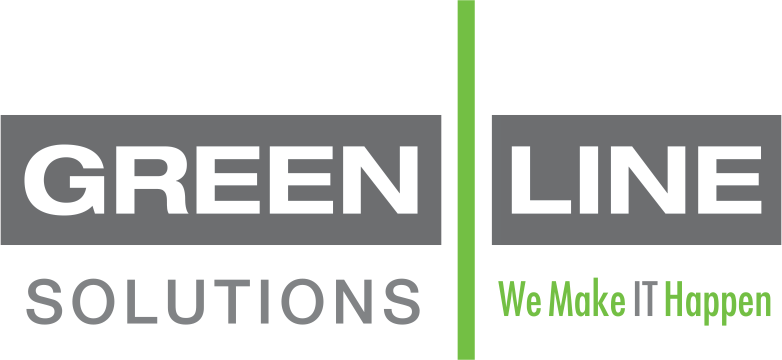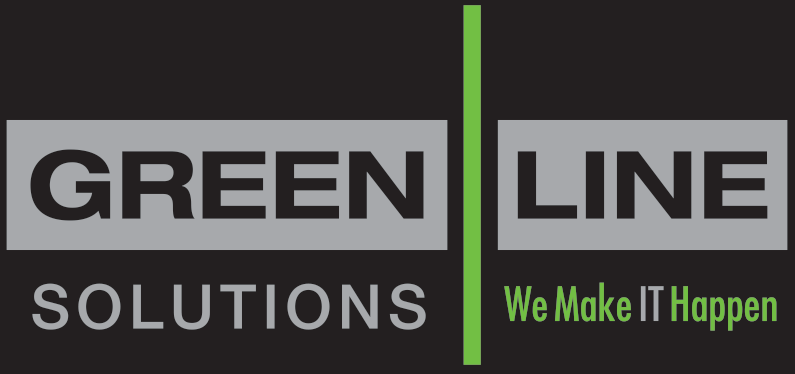
Wireless Charging
Most technology users are all too familiar with the problem of having to charge mobile devices on a nearly daily basis, whether scrambling to reach an outlet before a phone dies or searching in vain for the right charger. Some tech companies are attempting to resolve all these problems with the promise of wireless charging.
While some devices on the market today claim to be capable of charging wirelessly, this is somewhat of a misnomer. This method, known as the Qi inductive standard, is one of two main wireless charging standards in use today involving power mats and was pioneered by the Wireless Power Consortium. These power mats still need to be plugged in though and sometimes phone cases can interfere with method. As Stephen Rizzone, CEO of Energous, puts it “If you have to drop your mobile device… onto a charging surface then it’s really no longer mobile.”
Energous and other companies like Ossia and uBeam are seeking “uncoupled” power solutions. Hatem Zeine, founder of Ossia explains: “The way we look at this is that wireless power should be like Wi-Fi. You go into your home, your phone will charge in your pocket, you don’t need to place it somewhere or orient it somewhere or even know where the power transmitter is.” uBeam is addressing this issue by transmitting targeted power through inaudible high frequency ultrasonic technology.
Unfortunately, while each company (and others not mentioned) is making strides, their technologies and prototypes are incompatible with one another, slowing down overall progress. Additionally, their individual aims are different and are being developed for disparate corners of the market.
A room with truly wireless charging does exist; it’s a prototypical 16-by-16-foot room in which the walls, ceiling and floors are aluminum panels and a copper pole with capacitors transferred power to almost any location in the room. The prototype was developed by Disney Research and was able to charge phones, toys and lamps, though it isn’t being further explored for commercial use. Alanson Sample, an Associate Lab Director with Disney Research, said “The real tradeoff here in some ways is the amount of deliverable power you can get to a device versus how safe it is…and how much mobile freedom you get.”
One issue is that the transmitter in any of these methods must be strong enough to charge devices, ideally without direct contact or line-of-sight, but not interfere with other electronics. Most importantly though, the wireless energy must be safe and approved by the US Federal Communications Commission.
Researchers and visionaries are attempting to expand this technology beyond a single room to whole houses, or even cities. All sorts of mobile devices, such as hearing aids, electric scooters and even cars may be continuously charged wirelessly; if the technology proves possible, infrastructures like street lamps, traffic lights and trolleys may all become independent of physical electric connections.


